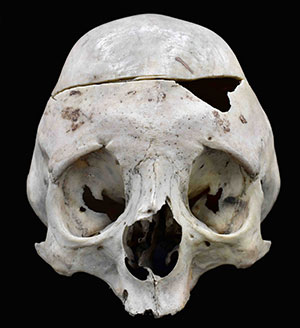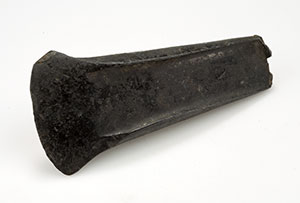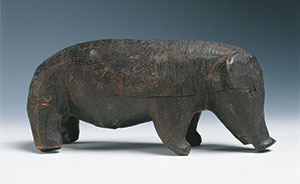The Osteological Collections

The Museum's leading sector is the Cranioteca of Giustiniano Nicolucci acquired at the end of the 19th century. The current collection was created in the context of anthropological studies and, more specifically, in the field of racial anthropology. It consists of more than 2000 human skulls representing an extraordinary archive of biodiversity. The numerous findings with signs of malformations, traumas and illness, that have been recently rediscovered from the deposits, constitute a precious documentation of the presence in ancient populations of diseases that still interest humanity. Among the pathological skulls, there are also those of the Zuccarelli’s Collection of the former Institute of Criminal Anthropology. Four South American human mummies from the pre-Columbian era, whose ancient funerary context has been reconstructed in order to communicate to the visitors the importance that the pre-incaic peoples reserved to the cult of the dead, are of considerable suggestion and scientific interest.
Photo: Megalocephalic skull of "Maria the Witch", Naples, 1900.


